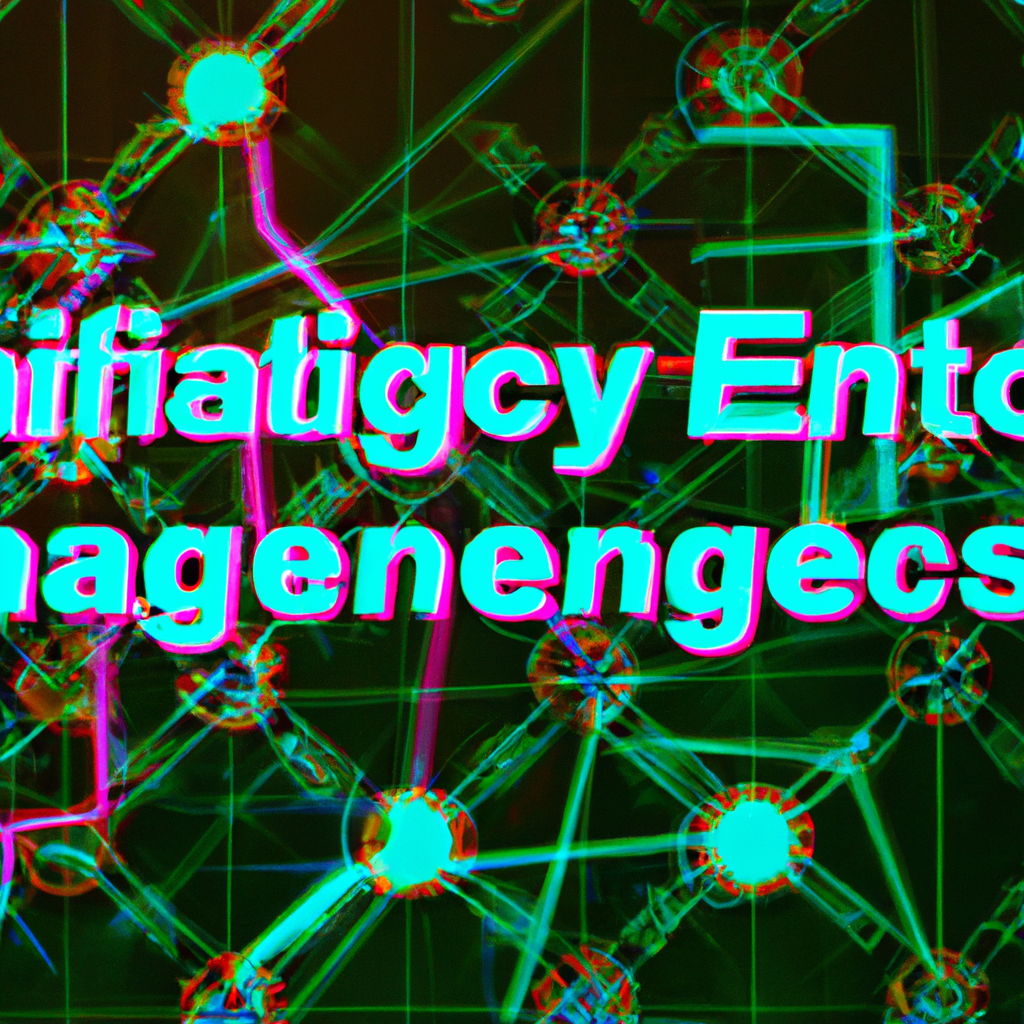Investigating the Efficiency of Graph Algorithms in Social Network Analysis
Table of Contents
Investigating the Efficiency of Graph Algorithms in Social Network Analysis
# Introduction
In recent years, social network analysis has become an increasingly important field of study in various domains, including sociology, computer science, and marketing. With the exponential growth of online social platforms, such as Facebook, Twitter, and LinkedIn, there is a tremendous amount of data available for analysis. Understanding the structure and dynamics of these networks provides valuable insights into social interactions, information diffusion, and user behavior. Graph algorithms play a crucial role in extracting meaningful information from social networks, and their efficiency is of utmost importance for handling the ever-increasing size and complexity of these networks. In this article, we will delve into the efficiency of graph algorithms in social network analysis, exploring both classic approaches and emerging trends.
# Efficiency Metrics in Social Network Analysis
Efficiency is a fundamental aspect when evaluating the performance of graph algorithms in social network analysis. There are several metrics commonly used to measure efficiency, including time complexity, space complexity, and scalability.
Time complexity refers to the computational time required by an algorithm to solve a problem as a function of the input size. In graph algorithms, the input size is typically defined as the number of nodes or edges in the network. Algorithms with lower time complexity are considered more efficient as they can handle larger networks within reasonable time frames.
Space complexity measures the amount of memory or storage required by an algorithm to perform its operations. As social networks can contain millions or even billions of nodes and edges, memory-efficient algorithms are crucial for practical implementations.
Scalability is the ability of an algorithm to handle increasing network sizes without significant degradation in performance. Scalable algorithms can efficiently process larger networks, which is essential for analyzing real-world social networks.
# Classic Graph Algorithms in Social Network Analysis
Classic graph algorithms like breadth-first search (BFS), depth-first search (DFS), and Dijkstra’s shortest path algorithm have been extensively used in social network analysis. These algorithms form the foundation for more complex graph analysis techniques.
BFS and DFS are traversal algorithms that explore the structure of a graph by visiting all reachable nodes from a given starting point. They can be used to compute network metrics such as connected components, degree centrality, and reachability. Both BFS and DFS have a time complexity of O(V + E), where V represents the number of nodes and E the number of edges in the graph. These algorithms are highly efficient for small and medium-sized networks.
Dijkstra’s shortest path algorithm is used to find the shortest path between two nodes in a weighted graph. It has applications in social network analysis, such as identifying influential individuals or finding the most efficient paths for information diffusion. Dijkstra’s algorithm has a time complexity of O((V + E) log V) and is efficient for sparse graphs with relatively few edges.
# Efficient Graph Algorithms for Large-Scale Social Networks
As social networks continue to grow in size and complexity, classic graph algorithms may face scalability challenges. To address this issue, researchers have developed more efficient algorithms specifically tailored for large-scale social network analysis.
One such algorithm is the Girvan-Newman algorithm, which is used for community detection in networks. It identifies densely connected groups of nodes, known as communities, that share similar characteristics or interests. The Girvan-Newman algorithm has a time complexity of O(E^3) but can be computationally expensive for large networks. However, various optimizations and parallelization techniques have been proposed to improve its efficiency.
Another efficient algorithm is the PageRank algorithm, originally developed by Larry Page and Sergey Brin for ranking web pages. PageRank assigns a score to each node in a network based on its importance and influence within the network. In social network analysis, PageRank can be used to identify influential individuals or nodes that act as information hubs. The algorithm has a time complexity of O(V + E), making it highly scalable for large networks.
# Emerging Trends in Graph Algorithm Efficiency
In recent years, several emerging trends have focused on improving the efficiency of graph algorithms for social network analysis. One such trend is the utilization of parallel and distributed computing techniques. By leveraging the computational power of multiple processors or machines, parallel algorithms can significantly reduce the execution time of graph algorithms. Distributed algorithms, on the other hand, allow for the analysis of massive social networks by dividing the workload across multiple machines.
Another emerging trend is the use of approximation algorithms in social network analysis. Approximation algorithms provide near-optimal solutions with reduced computational requirements. In large-scale social network analysis, where finding exact solutions is often infeasible, approximation algorithms offer a trade-off between accuracy and efficiency.
Furthermore, machine learning techniques are being integrated with graph algorithms to improve efficiency and accuracy. By leveraging the power of machine learning models, graph algorithms can be optimized for specific analysis tasks, such as link prediction, community detection, and influence maximization. These hybrid approaches allow for more efficient and accurate analysis of social networks.
# Conclusion
Efficiency is a critical aspect when investigating graph algorithms in social network analysis. Classic algorithms like BFS, DFS, and Dijkstra’s algorithm have proven their efficiency for small and medium-sized networks. However, as social networks continue to grow in size and complexity, more efficient algorithms are needed. Emerging trends, such as parallel and distributed computing, approximation algorithms, and integration with machine learning, offer promising solutions to handle the scalability challenges associated with large-scale social network analysis. By continuously investigating and improving the efficiency of graph algorithms, researchers can extract valuable insights from social networks and contribute to various fields, including sociology, computer science, and marketing.
# Conclusion
That its folks! Thank you for following up until here, and if you have any question or just want to chat, send me a message on GitHub of this project or an email. Am I doing it right?
https://github.com/lbenicio.github.io

